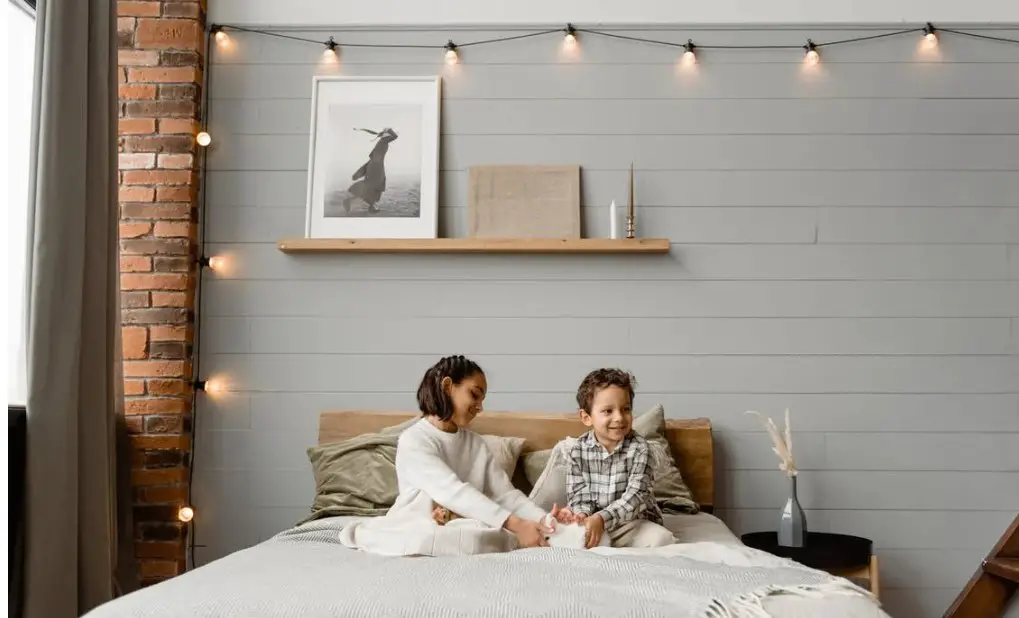Last Updated on August 13, 2022
Most likely, if you don’t litter train or potty train your rabbits, they will poop and pee here and there. While they do it to mark their territory, neutering or spaying the bunnies can save you a good deal.
But before that, you must learn how to potty train a Holland Lop bunny if you want to pet one! We have listed the easiest way to do it!
Step by Step Potty Training Holland Lop Bunny
The process isn’t that tough if your bunny is young. However, you can litter train an adult bunny too. Here are the steps that you will need to follow for potty training the kit!

Step 1: Decide the Right Time To Place the Litter Box
So, you have got your favorite Holland Lop in your hand and you are on the way home. When you come home, you have to keep the bunny in a cage to ensure the safety of the pet. Make sure you buy the cage before you bring your rabbit home.
Right after bringing it home, you must place it inside the cage. Do not let the rabbit roam around your house in this situation. Keep it inside the cage and leave it alone for a while. Do not put the litter box inside the cage right when you get your rabbit inside it.
Otherwise, the rabbit won’t understand why the litter box is there and will eventually poop here and there. Instead, wait for it to poop and urinate.
Step 2: Identify the Place to Set the Litter Box
After placing him inside it, wait and check where he prefers to go when it’s time to urinate. They will leave there dropping here and there on the first day.
Don’t bother about it much; instead, take an intensive look at where the Holland Lop urinates. That’s the spot where you need to place the litter box.
The nature of the rabbits and most animals like them are the same, they remember the spot of their bathroom by the smell. And if you set the litter box there, it will go to the same spot when it feels like going to the bathroom.
Step 3: Taking the Rabbit Out of the Cage
You might feel like taking him out and letting him enjoy in your house. But make sure you don’t do it unless the bunny learns how to use the bathroom.
Once you place the litter box inside the cage, and the bunny starts using it every time it needs to go to the toilet, you are free to take him out of the cage for a while. Let it play for a while outside the cage.
Step 4: Noticing the Nature
Well, so, now the rabbit has learned where his litter box is, right?
Now they will be able to go to their bathroom even if they are out of the cage. But there’s a thing, it won’t happen for every rabbit. So, when you let them play out of their cage in your house, make sure you notice what he is doing.
For the first few days, you must keep your eyes on the bunny. At times, you will see your rabbit urinating on your floor. That’s nasty, right? To teach him the accurate place for urinating, gently, take your bunny and place him in the cage.
In this way, your rabbit will learn to go to the litter box even if it is out. Also, make sure you keep the cage door open when you let it play inside your house. Once it gets to associate with the litter box, it won’t go anywhere else when it comes to having its potty or urinating.
Potty training isn’t tough, so isn’t breeding these bunnies. Check out how to breed Holland Lops if you want more pets like them!
Step 5: Replacing the Litter
Once the bunny has learned how to use the litter box, you might feel like keeping the litter box clean all the time. But no, that’s not how it works.
As we have mentioned above, the rabbit remembers where it urinated last time via the smell, you have to make sure that the smell stays! For cleaning the litter box and replacing it with new litter, we recommend you do it once or twice a week.
Do not clean the litter box every time your bunny uses it. Keep in mind that if they can’t smell it, they will choose a new bathroom forgetting the previous one!
Wrap Up
When you have a newborn Holland Lop bunny in your house, it’s best to start the litter training within. As soon as they get out of their nest, try to start the litter training process. In the case of the adults, do it when you bring them home!







